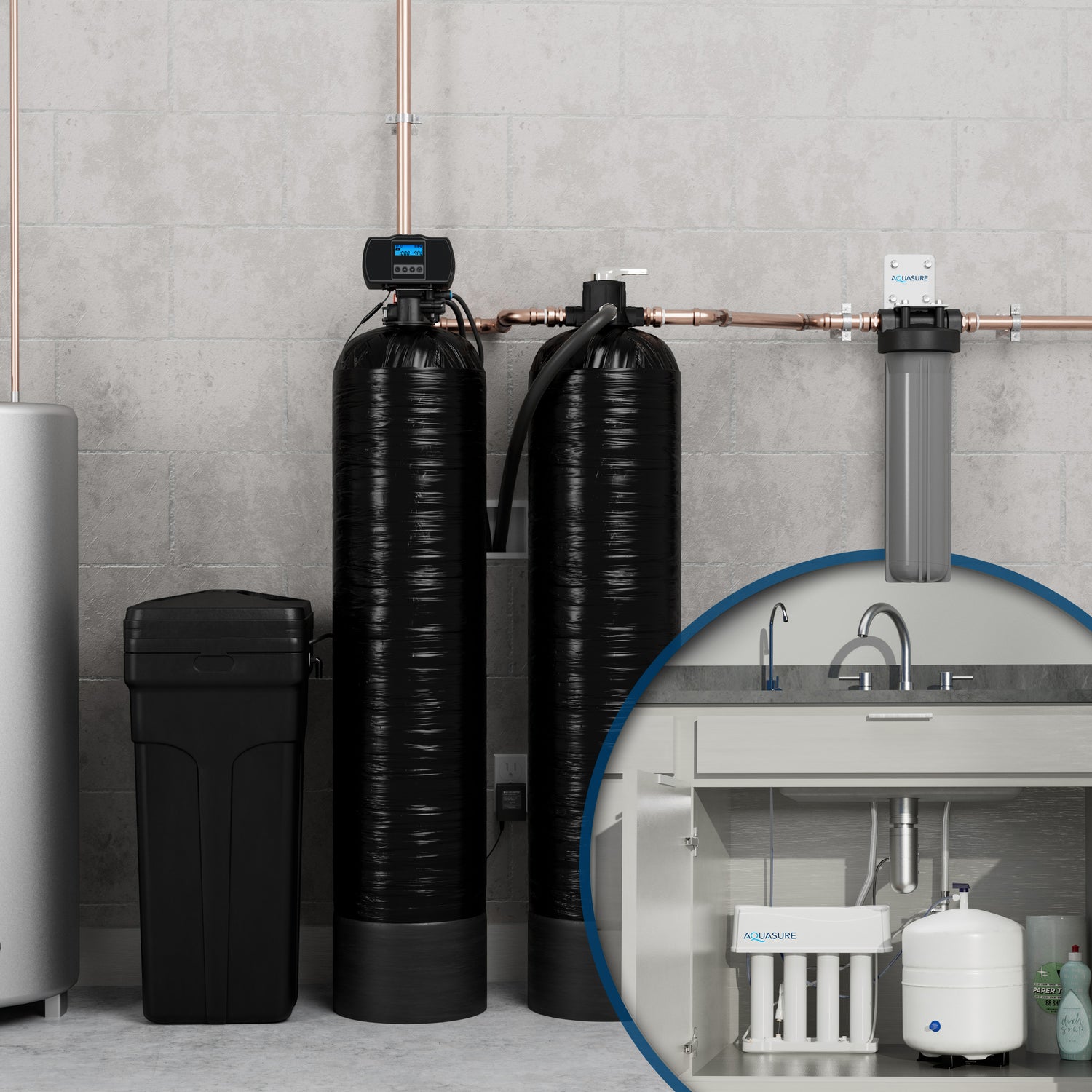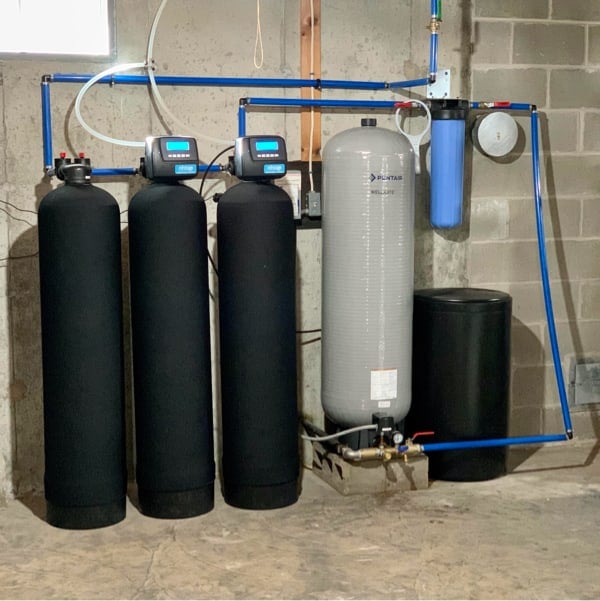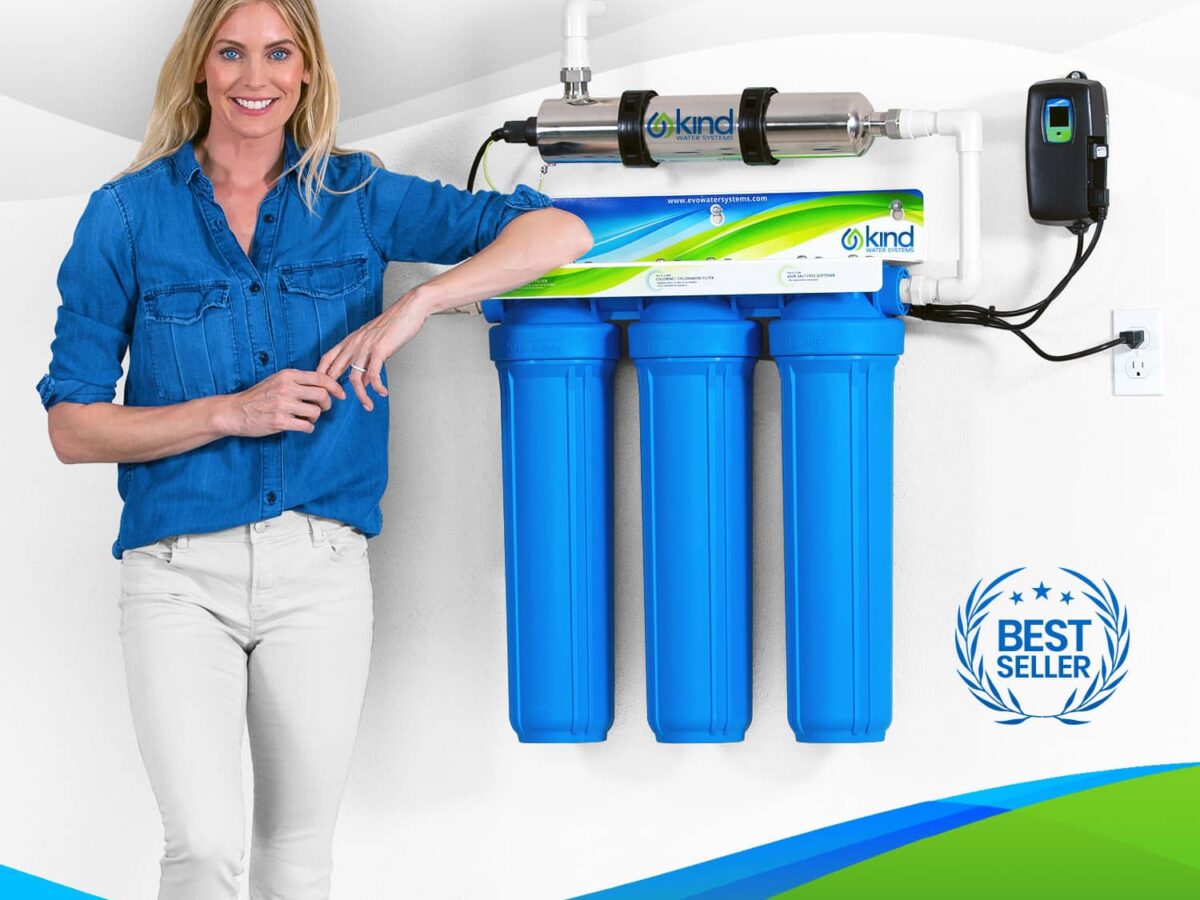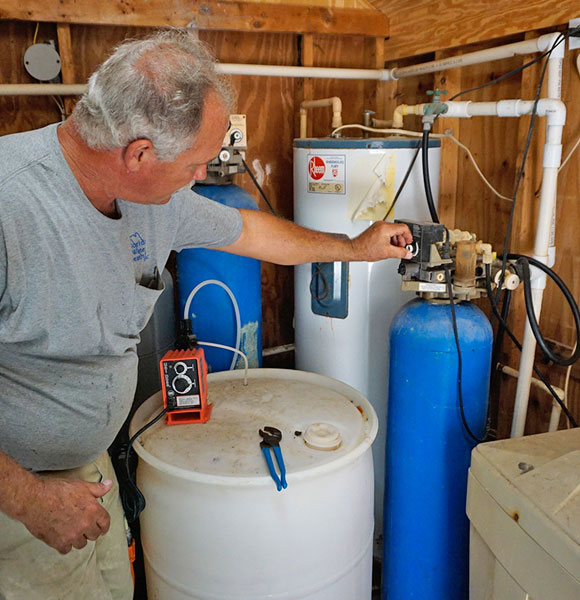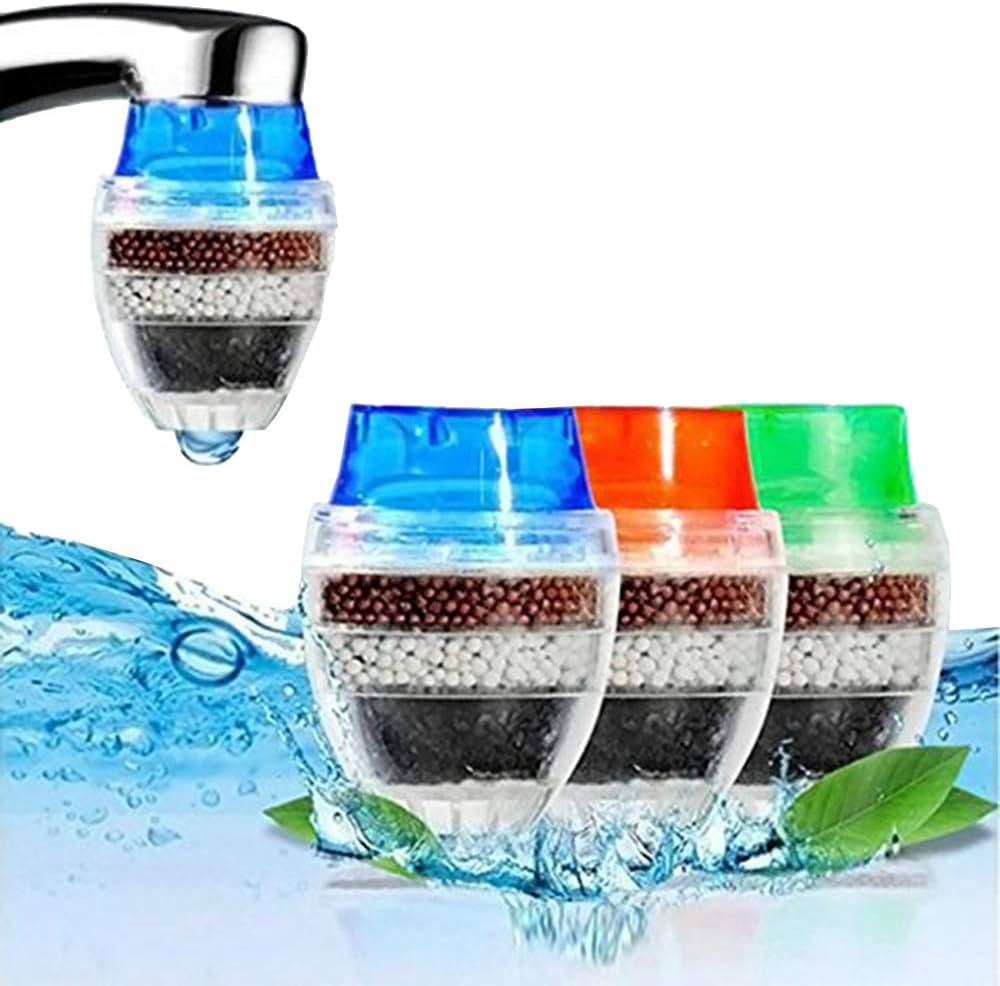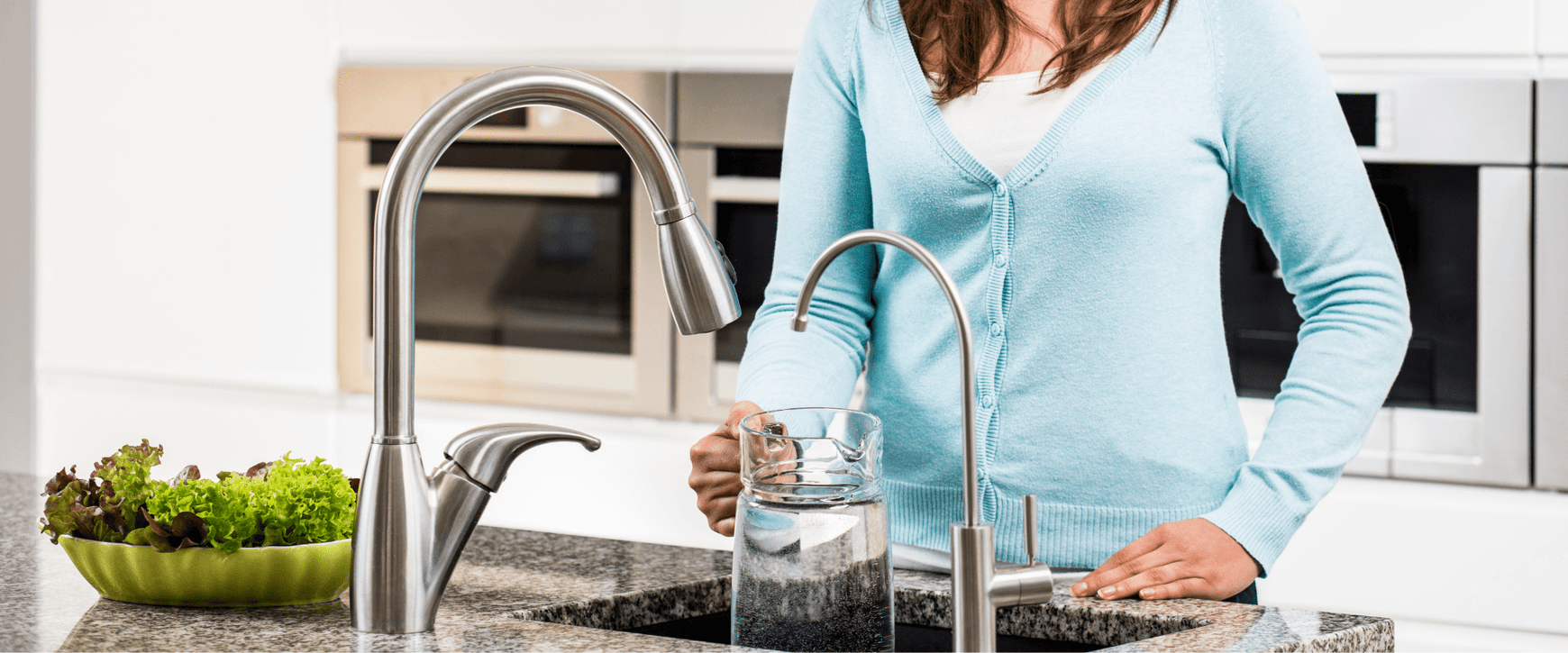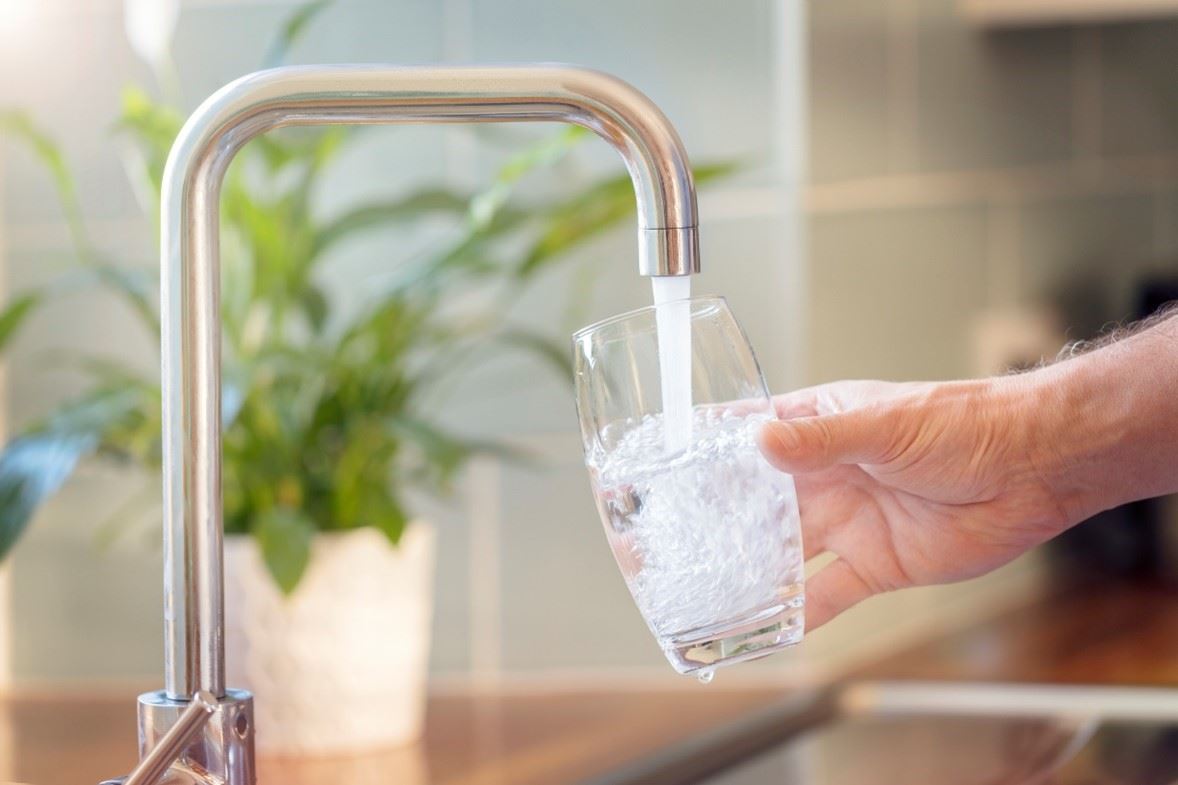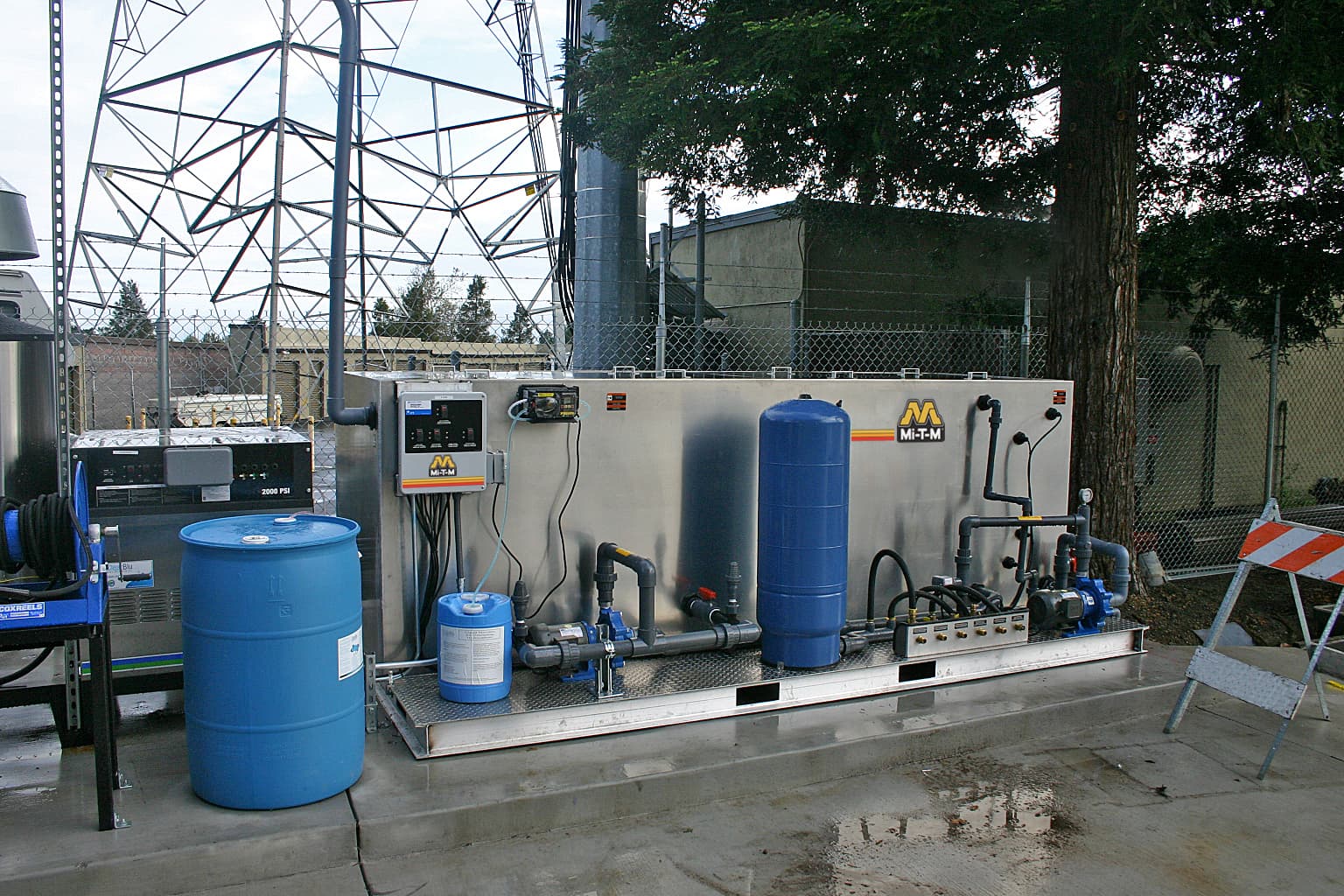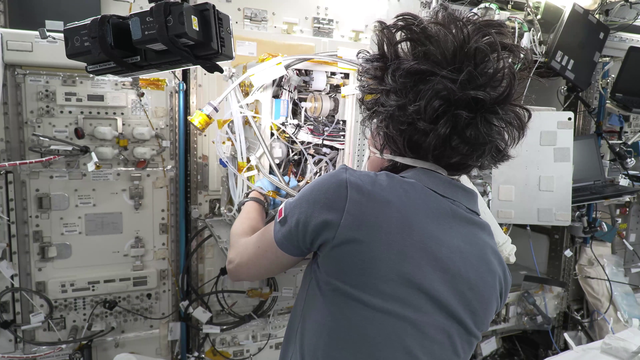Ceramic Microfiltration: 0.2-0.5 Micron Pathogen Removal
Ceramic filters use fine pore structures to physically block bacteria and protozoa. Common ratings: 0.2-0.5 μm. Silver impregnation inhibits bacterial growth. Field-cleanable by scrubbing surface. Excellent for gravity-fed systems in areas without reliable power. Limited effectiveness against very small viruses.
Read Full Article →